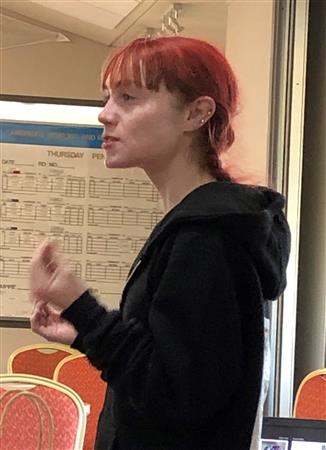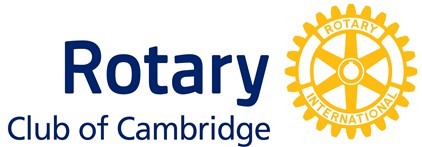
 Dr Kit Prendergast is a researcher of Australian Native Bees, and she came along to tell us all about the wonderful diversity that exists in our country. Bees have been around for about 125 million years and all told there are thousands of different species – around 2000 of which are found in Australia. Only about 11 of these are stingless, and they also produce honey. Other honey bees were introduced into Australia in the 1800s. Bees are related to wasps but are a vegetarian version, and they range in size from a hefty 24 mm long down to less than 2 mm long. The native bees vary in colour as well as in appearance, and most species tend to be solitary as opposed to living in colonies. They play a vital role in pollinating our wildflowers and native plants – many of which can’t be pollinated by introduced species – and they tend to nest in shallow burrows in the ground or in dead timber. The biggest threats to our native bees are parasitic insects, habitat loss and climate change, and so our bushland reserves are vital to their survival. The adverse effects of urban development can be offset by the introduction of ‘bee hotels’ which are small structures mounted in trees and filled with cylindrical spaces which protect the bees from harm. Some of our native bees can perform ‘buzz pollination’ which is needed by plants which store pollen in capsules within themselves. The bee ‘embraces’ the flower and vibrates her flight muscles very rapidly, thus releasing the pollen. One of the stingless species of native bees is now being used in the pollination of crops such as macadamias, mangoes and lychees. It is certainly a fascinating topic; thank you Kit!
Dr Kit Prendergast is a researcher of Australian Native Bees, and she came along to tell us all about the wonderful diversity that exists in our country. Bees have been around for about 125 million years and all told there are thousands of different species – around 2000 of which are found in Australia. Only about 11 of these are stingless, and they also produce honey. Other honey bees were introduced into Australia in the 1800s. Bees are related to wasps but are a vegetarian version, and they range in size from a hefty 24 mm long down to less than 2 mm long. The native bees vary in colour as well as in appearance, and most species tend to be solitary as opposed to living in colonies. They play a vital role in pollinating our wildflowers and native plants – many of which can’t be pollinated by introduced species – and they tend to nest in shallow burrows in the ground or in dead timber. The biggest threats to our native bees are parasitic insects, habitat loss and climate change, and so our bushland reserves are vital to their survival. The adverse effects of urban development can be offset by the introduction of ‘bee hotels’ which are small structures mounted in trees and filled with cylindrical spaces which protect the bees from harm. Some of our native bees can perform ‘buzz pollination’ which is needed by plants which store pollen in capsules within themselves. The bee ‘embraces’ the flower and vibrates her flight muscles very rapidly, thus releasing the pollen. One of the stingless species of native bees is now being used in the pollination of crops such as macadamias, mangoes and lychees. It is certainly a fascinating topic; thank you Kit!